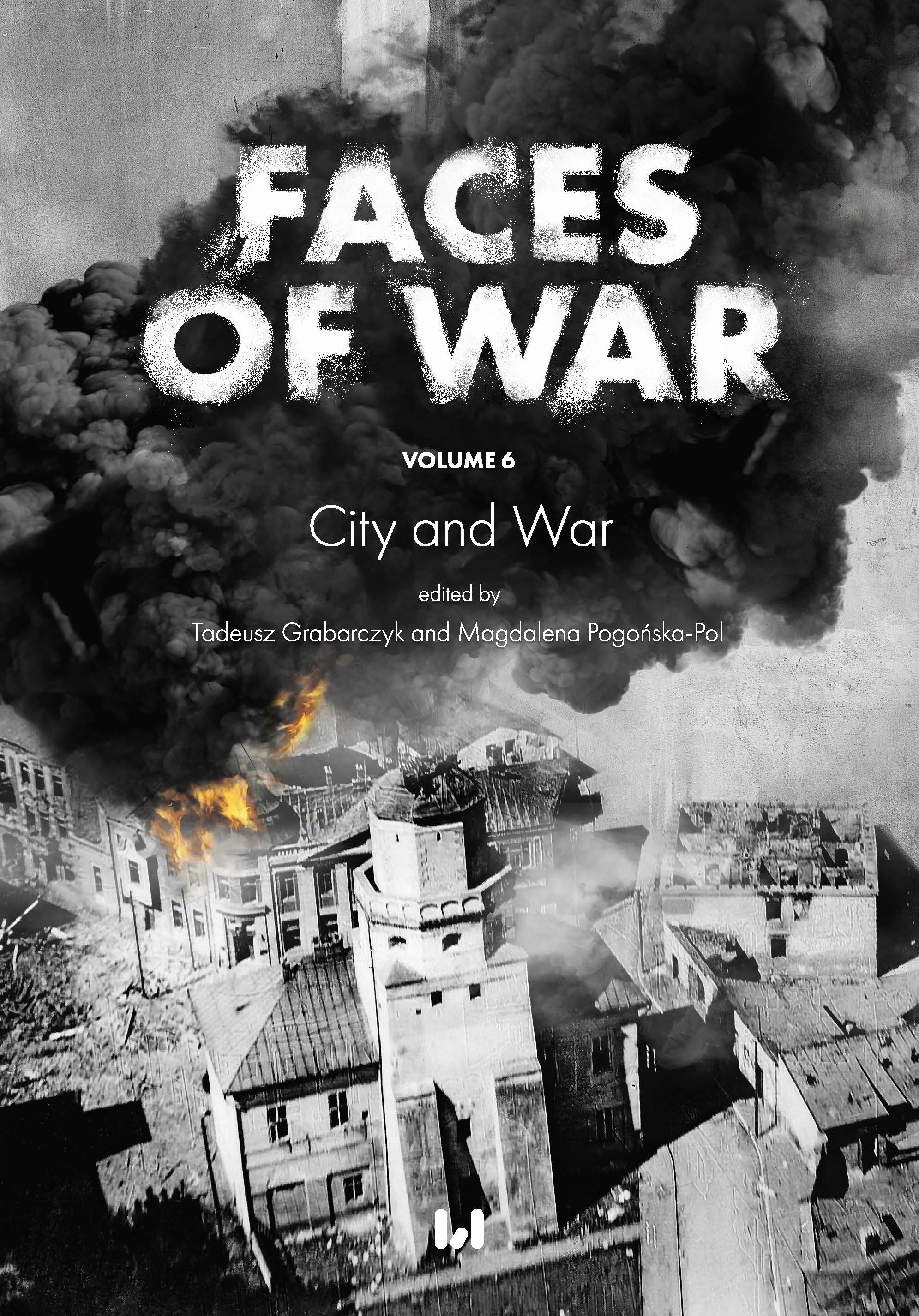Arms and armour of Kraków guilds in light of the 1683 register
Arms and armour of Kraków guilds in light of the 1683 register
Author(s): Jacek Zinkiewicz
Subject(s): History
Published by: Wydawnictwo Uniwersytetu Łódzkiego
Keywords: Kraków; arms and armour; city defence; early modern history; the Ottoman threat
Summary/Abstract: The question of the armament of city arsenals in early modern Poland has so far been overlooked by researchers. The issues of defence architecture, sieges, and occupation have been discussed much more often. Meanwhile, it should be remembered that from the Middle Ages to the end of the existence of the Polish-Lithuanian Commonwealth, city militias, mostly composed of guilds, played a fundamental role in city defence. Therefore, both the training and arming of city militias was very important, as proven by the defence of Kraków during the Habsburg siege in 1587 and later during the Swedish siege in 1655. The mid-17th century marked the beginning of the decline of this thriving royal city. Looted and destroyed during the two-year Swedish occupation in 1655–1657, it needed time to rebuild its defence system. The Sejm constitutions of 1658 and 1659 referred to this, but it was not until 1670 that a commission, chaired by Bishop Andrzej Trzebicki, met on this matter. Another external threat soon appeared, this time from Turkey. In 1683, the possibility of a siege of Kraków by Ottoman troops or their vassals was seriously considered. The solution was the alliance of the Polish-Lithuanian Commonwealth with Austria, which, among other things, assumed mutual assistance in the event of a siege of either capital – Vienna or Kraków. When the Turkish army launched a siege of the Austrian capital on July 14, 1683, elected councillors in Kraków inspected their own city’s defences. As a result of the undertaken inspection, the Revisia Baszt w Krakowie (The Review of Towers in Kraków) (Ms 423, p. 6, 25–34, held in The Scientific Library of the PAAS and the PAS in Kraków) was written, which, apart from the description of the state of preservation of the fortifications, contains a previously unpublished register of weapons for individual guilds. This source allows us to largely know the combat readiness of the then-defenders of Kraków. The inventory presented shows a serious armament shortage that could have sufficed for fewer than 500 people
Book: Faces of War, vol. 6, City and War
- Page Range: 175-191
- Page Count: 17
- Publication Year: 2022
- Language: English
- Content File-PDF

